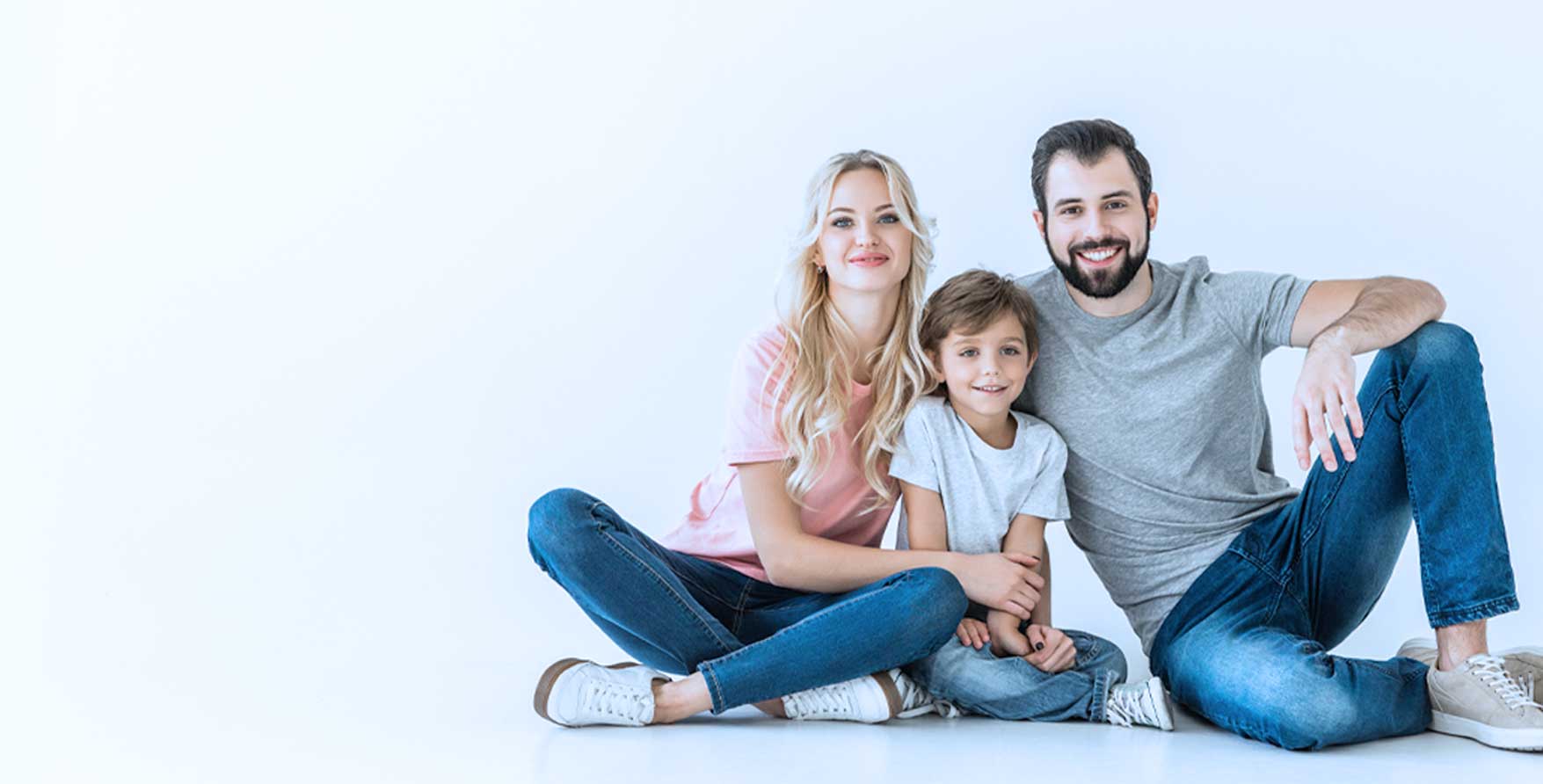Emergency Preparedness:
Building and Using Your First Aid Kit
It’s important to have a family emergency plan and know how to deal with disasters and severe weather, but it may be even more important that everyone in your family knows how to handle the smaller emergencies that they’re more likely to encounter day to day. September is National Emergency Preparedness Month, so it is a great time to find resources for emergency preparedness planning. Check out this Homeschool Living for resources on building and maintaining your home first aid kit, training children how to use the tools in it to respond to injuries, and more.
This mom shares her guide to building your first aid kit on her blog, and you’ll find some great tips for storing and organizing your supplies, thinking about additional supplies to fulfill your family’s specific needs, and optimizing the usability of your kit so that it is easy for anyone to use.
You don’t need to invest a hundred dollars or more in a basic home first aid kit. It can be daunting to look up lists of items to include in your first aid kit and start mentally tallying the cost. You likely have the makings of a basic first aid kit in your home–things like bandaids, tweezers, a thermometer, alcohol wipes, antibiotic cream, and pain relievers are common items in many households. The key is having all of the items collected, organized, and easy to access. Check out this DIY first kit on a budget for some tips on stocking your first-aid kit with your most-needed items. Get the basic stuff down first, then you have something to build on as you look at your family’s needs. You can also find a good list of first aid supplies to have on hand on the Red Cross website.
Keys to Emergency Preparedness at Home
Teaching kids how to handle first aid situations is key to making sure they get the help they need in an emergency situation. Your children should know where the first aid kit is in your home–and be able to access it. It’s also important to teach respect for the tools there, so that kids are comfortable utilizing them when needed, but don’t consider them toys. This post from Run Wild My Child offers some great ways to teach children how and when to get help, how to stay calm in an emergency situation, and how to help them stay safe.
Teaching first aid in your homeschool is a great way to make sure that your family is prepared for a variety of first aid and emergency situations. Depending on your children’s ages, there are a lot of safety practices they can learn, but even the youngest kids should know to stay calm and how and who to call for help when they need it. The great part of homeschool living is that you’ll be able to incorporate these lessons into your life and homeschool however works best for your family. Carving out some time in your homeschool for learning and practicing first aid and emergency preparedness can help you organize the information you want to share, lend some gravity to an important topic, and reassure students that they know what to do and are capable of handling a first aid emergency. However, you’ll also want to be sure to practice periodic refreshers afterward to keep everyone up-to-date and confident. A great way to do that is to schedule a couple times a year to maintain your home first aid kit–check for any used or expired supplies, add additional items that have become important, update emergency numbers, and ensure everyone still knows where and how to use the kit. Use the beginning and end of daylight saving time as a reminder to complete your first aid kit maintenance–and also check your smoke detectors and fire extinguishers while you’re at it!
For more great resources and to delve further into emergency preparedness, how to deal with the aftermath of a disaster, and more, check out these Powerful Keys for Emergency Preparedness.









